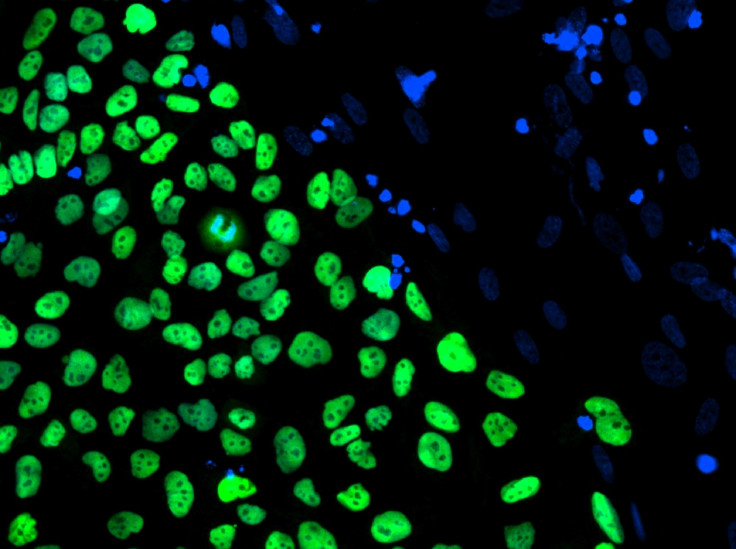Breakthrough In Ageing Reversal Discovered By Scientists

Scientists have found a way to possibly reverse ageing through the destruction of a particular group of DNA. This means that aside from delaying the normal processes involved in ageing, diseases including cancer, Alzheimer’s disease and diabetes may also be slowed through this new discovery.
The study published in ScienceDaily involved the investigation of the genetic mutations in Werner syndrome, which is a group of disorders characterised by premature ageing and death. The scientists, who came from the Salk Institute and the Chinese Academy of Science, discovered that the gene alterations in Werner syndrome led to the disintegration of DNA packages called heterochromatin. This new discovery, made possible through advance stem cell and gene-altering technologies, is said to pave the way for new studies that will delve into the reversal of ageing through the prevention of heterochromatin damage.
"Our findings show that the gene mutation that causes Werner syndrome results in the disorganisation of heterochromatin, and that this disruption of normal DNA packaging is a key driver of ageing," said senior author Juan Carlos Izpisua Belmonte. "This has implications beyond Werner syndrome, as it identifies a central mechanism of aging--heterochromatin disorganisation--which has been shown to be reversible."
Werner syndrome roots from the alteration of a gene called WRN, which creates the WRN protein. Because previous studies were not able to elaborate how mutated WRN proteins deteriorate DNA at the cellular level, they worked on determining the exact mechanisms involved. Initially, the researchers deleted the WRN gene in human stem cells of a Werner syndrome cellular model. This then enabled the scientists to observe how cells that swiftly age act in the laboratory. The recreated cells imitated the genetic changes in Werner syndrome; thus, it aged rapidly. In addition, the scientists also discovered that the same intervention impaired the structure of heterochromatin, which is found the nucleus of the cell.
The complex molecular mechanisms of cells are highly controlled by the tightly bundled DNA. Chemical markers called epigenetic tags control the structure of the heterochromatin; once altered, it may lead to either gene silence or expression due to changes in molecular architecture.
For this study, the researchers found that removing WRN genes can result in the disarray of heterochromatin. More specifically, they discovered that when the protein merges with the structural support of heterochromatin, direct relationships between WRN proteins and heterochromatin damage can finally be established.
"Our study connects the dots between Werner syndrome and heterochromatin disorganisation, outlining a molecular mechanism by which a genetic mutation leads to a general disruption of cellular processes by disrupting epigenetic regulation," said Izpisua Belmonte. "More broadly, it suggests that accumulated alterations in the structure of heterochromatin may be a major underlying cause of cellular aging. This begs the question of whether we can reverse these alterations--like remodeling an old house or car--to prevent, or even reverse, age-related declines and diseases."
Further investigations on the relationship between heterochromatin disintegration and ageing shall be conducted, said Belmonte. The link between the new discovery and the other cellular changes in ageing, such as shortening of telomeres, should be looked at. Finally, ageing and disease-related editing of epigenetic mutations are currently being developed, Belmonte added.
To contact the writer, email rinadoctor00@gmail.com.





















